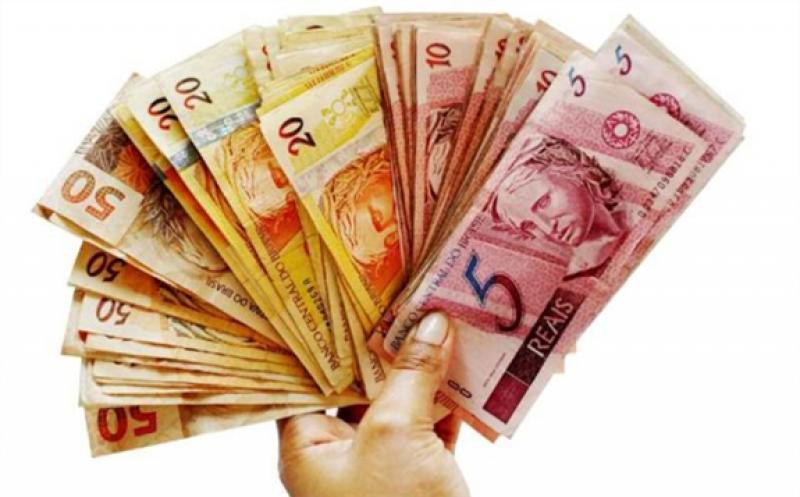Low annual rainfall in Brazil is restricting hydroelectric production, putting electricity prices under pressure and causing the need for more expensive thermoelectric power.
 Image by Joel santana Joelfotos from Pixabay
Image by Joel santana Joelfotos from Pixabay
Last Friday (26 March 2021), the country’s electric power watchdog Aneel decided to maintain the yellow tariff flag in April, with a cost of 1.343 reais/100kWh (US$0.23/kWh). The agency explained that the main hydroelectric reservoirs in the national electric power system have relatively low levels for this time of year, as rainfall volumes have been below the historical averages for the wet season.
“This situation indicates an unfavorable level of production by hydroelectric plants, putting pressure on costs related to hydrological risk (GSF) [generation scaling factor],” Aneel said in a statement.
João Sanches, chief executive officer of energy trader Trinity, told BNamericas that thermal plants will have to be activated throughout the year, and, consequently, the activation of the tariff flags should be maintained because the reservoirs are very low on water. “It’s a critical situation, with potential impacts on inflation,” he said.
According to grid operator ONS, the volume of hydro dam reservoirs in Brazil is projected to reach 83.9% in the north, 67.8% in the northeast, 67.2% in the south and 37.7% in the southeast-center west by the end of April, when the national power load is expected to grow 15.7% year-on-year. “The increase, however, is not related to the recovery of the economy, since April 2020 saw a 11.6% decrease,” ONS said Friday in a public statement.
Moacyr Carmo, president of Argon Energias, told BNamericas that the levels of the southeast reservoirs are slowly recovering due to thermal dispatch and that they are expected to be at around 40% by the end of May. He said electricity prices will be under pressure during the second half of 2021 but he does not believe there will be a “price explosion”.
“There’s a new thermal unit, GNA I with 1.3GW capacity that will come online in June, expanding supply, and we still don’t know what the economic impact due to the pandemic will be. Besides, wind generation in the Northeast will be very abundant, balancing the system,” Carmo said.
Also on Friday, Aneel decided to halt power cuts of low-income consumers for defaults. The measure will be in force until June 30 for consumers included in the social electricity tariff programme, which covers about 12 million families.
The social tariff is a public policy that grants discounts on electricity bills to low-income families. The consumer receives a monthly reduction on bills that varies according to the consumption. The regulator’s decision is intended to guarantee power supplies for consumers who are unable to pay their bills during the pandemic.
It is now also forbidden to cut power supply to consumer units with equipment vital for the preservation of life and dependent on electricity, in addition to health units, such as hospitals and centers for the production, storage and distribution of vaccines.
Marcos Madureira, the head of local utilities association Abradee, told BNamericas that the impact of the measure on the distribution companies is limited, as the market share of low-income consumers is relatively small. “We’re in line with the position of the agency, as it’s not the decision of the consumer not to pay the bill, but a postponement of the obligation,” he said.